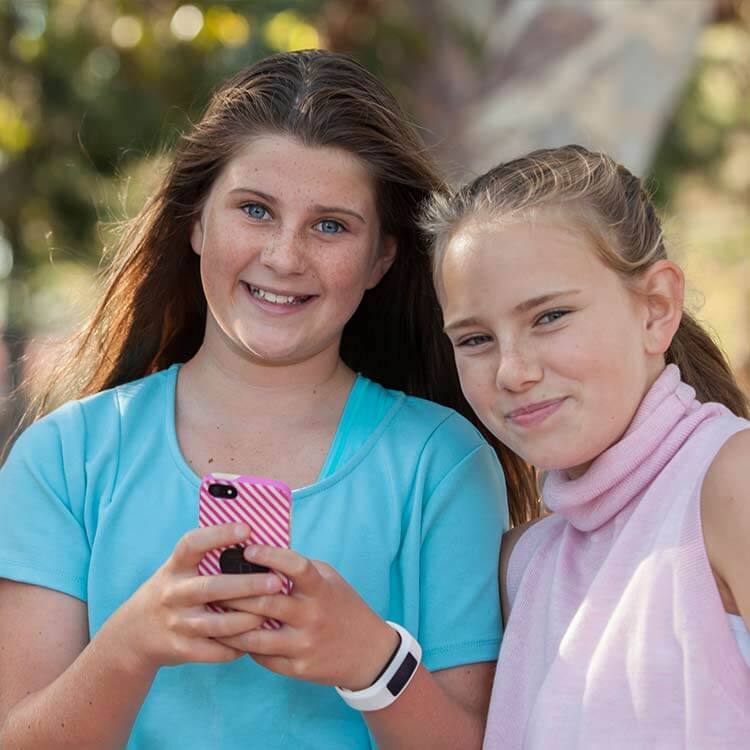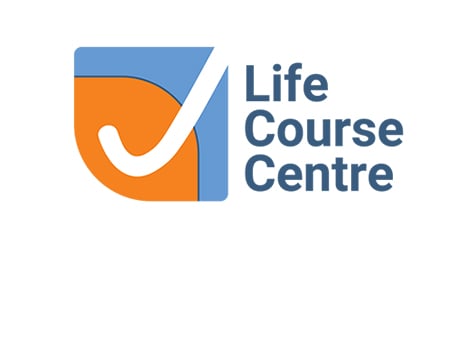Search
Research
Djinangingy kaartdijin: Seeing and understanding our ways of workingThis chapter describes the challenges experienced by Aboriginal people in their efforts to negotiate Australian society
Research
A systematic review: Identifying the prevalence rates of psychiatric disorder in Australia's Indigenous populationsA systematic review: Identifying the prevalence rates of psychiatric disorder in Australia's Indigenous populations.
Research
Redressing ‘unwinnable battles’: Towards institutional justice capital in Australian child protectionAustralia’s history of negative child protection outcomes for children in state care highlights the sustained, systemic nature of serious harm. Situated in emerging conversations on structural challenges and state violence for parents involved in child protection systems, we trace the resources and barriers to responsive and ‘just’ child protection practice, highlighting how institutions can serve to compound disadvantage and injustice. We argue that addressing challenges such as access to advocacy at the level of the individual is to miss the underlying politics of oppression that serves to keep families marginalised.
Research
“If you don't speak from the heart, the young mob aren't going to listen at all”: An invitation for youth mental health services to engage in new ways of workingBuilding Bridges demonstrates the centrality of trusting relationships for systemic change and the way in which meaningful engagement is at the core of both the process and the outcome
Research
‘Can you sleep tonight knowing that child is going to be safe?’: Australian community organisation risk work in child protection practiceRisk averse practice has dominated the child protection field for decades, with high-profile child deaths, ever-tightening surveillance, and regulation of families. In this context, the practice of social work as ‘risk work’ including the use of risk assessment tools has been subject to substantial scholarly investigation. Less attention has been paid to the community organisations that play a central role in supporting child protection-involved parents. Based on interviews with Australian community workers, we examine their negotiation of the parent support/parent risk dichotomy.
Research
CRE in Aboriginal Health and Wellbeing (CREAHW)CREAHW is a program of intervention research focused on achieving sustainable change for the Aboriginal community & improving the lives of Aboriginal people.

Research
Mental Health and Youth ProgramListed are all The Kids Research Institute Australia research teams involved in our Mental Health and Youth Program. This program sits under the Brain and Behaviour research theme.

The The Kids Research Institute Australia team have an important role in the new Life Course Centre developing solutions for vulnerable children and their families to ensure their journey across the life course is the best it can be.
Research
“Ngany Kamam, I Speak Truly”: First-Person Accounts of Aboriginal Youth Voices in Mental Health Service ReformAboriginal young people are experts in their own experience and are best placed to identify the solutions to their mental health and wellbeing needs. Given that Aboriginal young people experience high rates of mental health concerns and are less likely than non-Indigenous young people to access mental health services, co-design and evaluation of appropriate mental health care is a priority.
Research
Justice capital: A model for reconciling structural and agentic determinants of desistanceThe emerging literature on desistance (and recovery from addictions) has focused on key life-course transitions that can be characterised as the need for jobs (meaningful activities), friends (transitioning to pro-social) and houses (a home free from threat). The term ‘recovery capital’ is used to characterise personal, social and community resources an individual can draw upon to support their recovery, partly bridging agentic (personal) and structural (community) factors.
